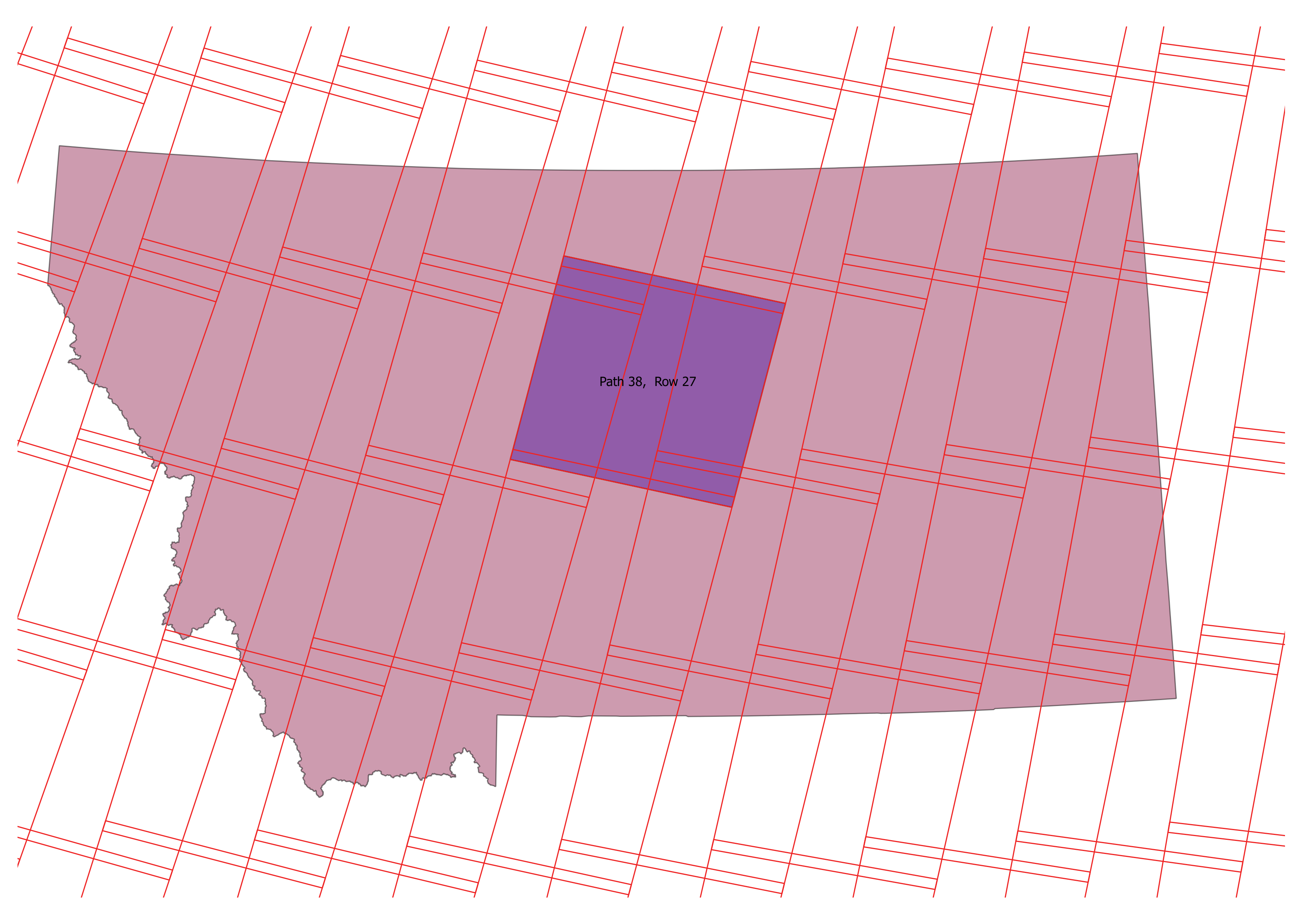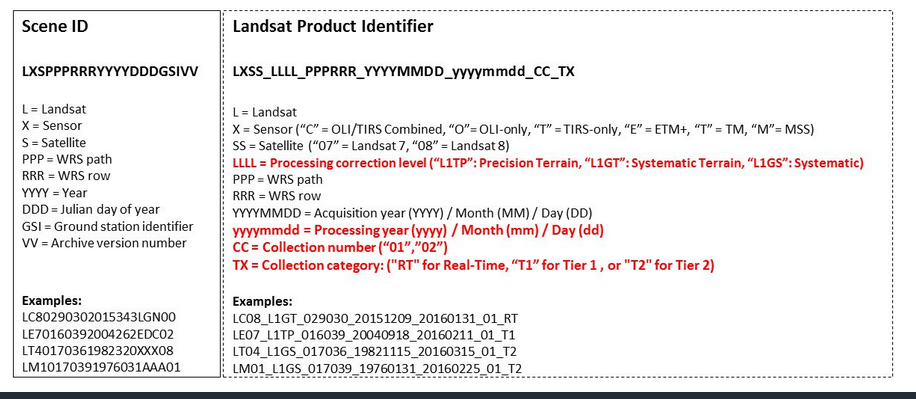Download and unzip Landsat 5, 7, and 8 (a.k.a. LT5, LE7, LC8) images via the USGS website automatically using a command line interface or a simple python script.
To get the package from PyPi:
$ pip install Landsat578
Go to the USGS Earth Observation site, and start an account. Put your username and password seperated by one space in a .txt file for use while downloading. Don't put spaces in your password itself.
Landsat instruments orbit the earth in sun-synchronous fashion. They pass over each place at approximately the same time of day, every 16 days. The area within each image is predefined and is described by (path,row) coordinates of the World Reference System 2 (WRS2). This system applies to all Landsat missions since LT4. Every place on Earth falls under at lease one path/row 'scene.' Some places fall within overlapping path/row scenes. Landsat 'descends' from North to South in the day, these images are of most interest to researchers, though nighttime images are also available. You can get GIS data of WRS2 here.
See WRS2 over the US state of Montana. Scene 38, 27 is highlighted in purple. Note overlap of neighboring scenes.
If you know the path and row of a location, you can enter it in the command line interface to download and unzip images there between your specified start and end dates. You must choose a satellite. Within the package you downloaded, you need to call landsat.py. Dates are entered as YYYY-MM-DD format, e.g. 2008-05-31.
$ landsat LE7 2007-05-01 2007-05-31 --path 38 --row 27 -o /path/to/folder --credentials usgs.txt
This command will find the two images that were captured by Landsat
5 of scene 38, 27 in the month of May, 2007 and unzip them to your folder.
Use the optional parameter --return-list to just get a list
of what was found:
$ landsat LE7 2007-05-01 2007-05-31 --path 38 --row 27 --return-list
This will return the two image scene IDs and print to your screen.
['LE70360292007122EDC00', 'LE70360292007138EDC00']
These images happen to have been taken 2007-05-02 (Day of Year, DOY: 122), and on 2007-05-18 (DOY 138). See NOAA's day of year calendar.
The naming conventions of Landsat images are as follows from the USGS Landsat site.
You can also download by WGS decimal degrees coordinates (i.e., latitude and longitude):
$ landsat LE7 2007-05-01 2007-05-31 --lat 46.5 --lon -107.5 --credentials usgs.txt
A negative number lat is in the southern hemisphere, a negtive lon is the western hemisphere.
landsat -h
This command will show you all positional (mandatory) and optional arguments.
If you prefer to work from a python script, use sample_script.py:
import os
from datetime import datetime
import download_composer
if __name__ == '__main__':
home = os.path.expanduser('~')
start = datetime(2007, 5, 1)
end = datetime(2007, 5, 30)
satellite = 'LT5'
output = os.path.join(home, 'images', satellite)
usgs_creds = os.path.join(home, 'images', 'usgs.txt')
# path = 37
# row = 27
latitude = 45.6
longitude = -107.9
download_composer.download_landsat((start, end), satellite, latitude=latitude, longitude=longitude,
output_path=output, usgs_creds=usgs_creds, dry_run=True)
This work was adapted in part from work from DevelopmentSeed and Olivier Hagolle.


